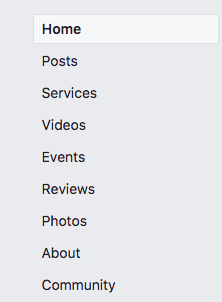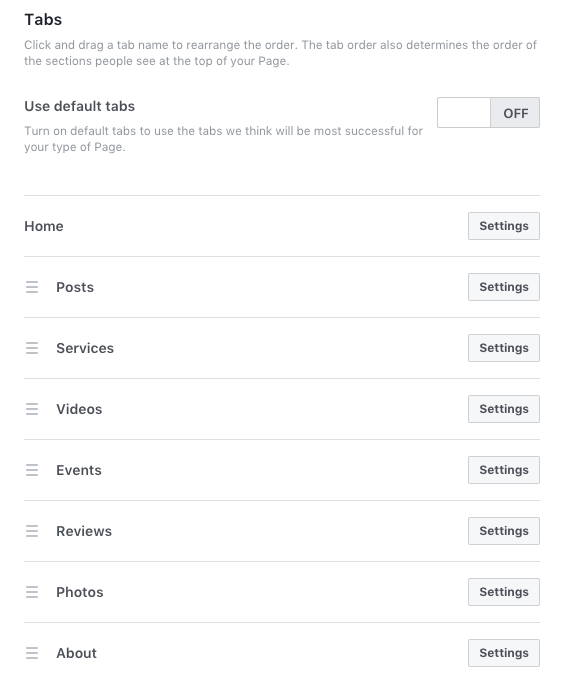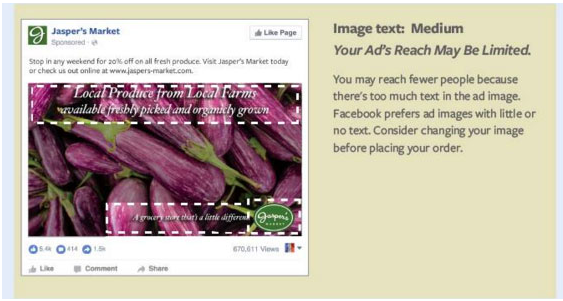Most people are well acquainted with how to use Facebook or Instagram to post holiday snaps or share amusing cat videos. However, what many don’t realise is that Facebook is also a powerful local marketing tool for small businesses – and it only takes minutes to set up impactful campaigns.
Facebook (which also owns Instagram), is an ever-changing behemoth. When it comes to deciding where to spend your digital advertising dollars, Facebook has evolved from being a ‘nice to have’ presence, into an essential platform for reaching the right target audience. Plus it gives you complete control over how much you spend and when.
We frequently hear that practices don’t know where to begin when it comes to using social media to promote their services. So we compiled this handy guide on how to optimise your practice Facebook page for success.
1 – The Photo Basics
Ensure both your cover photo and profile picture are high quality. Facebook occasionally update their ideal size dimensions, the latest specs recommend optimal sizing.
- Cover photo
- Take into account that mobile will show a cropped version of your cover photo
- Displays at 820 pixels wide x 312 pixels tall on desktop and 640 pixels wide x 360 pixels tall on mobile
- At a minimum, must be at least 400 pixels wide and 150 pixels tall
- Profile picture
- Displays at 170×170 pixels on desktop, 128×128 pixels on mobile
- If your uploaded photo is too small, Facebook will stretch it to fit – meaning it will look blurry and could cut the image off in an odd looking way. Aim to use the correct dimensions
- Keep in mind that Facebook now crops the edges of your profile picture to a circular shape when it appears in ads and posts
- Photos can contain text, but try to keep it to a minimum so your design looks clean and fresh
- Put some thought into the imagery
- Wide angle images of your practice or reception work well for cover photos. Or if you prefer, a team photo of your staff can add a friendly welcoming vibe
- Your business logo usually works well for a profile picture
- If you also want to maintain an Instagram profile for your business, remember this is a highly visual medium. Photos should be well framed, eye catching and contain little to no text
2 – The Details
- Be sure to update your About section with complete address, phone and map details and links to your website
- Facebook allows you to customise what tabs appear on your business page on the left hand side, for example:

- If you offer specific services at your practice, such as women’s health, skin checks or pathology, consider adding a Services tab to showcase this:
- Click on Settings in the top right of your page
- Click on Edit Page in the left hand menu, then choose which tabs you would like enabled on your page. You can also drag and drop the order in which they appear:

You can then create different entries under Services for any you wish to feature.
Need Help Marketing Your Practice?
Book a FREE consult with a HealthEngine expert to learn how to grow faster, work smarter and engage better.
Get a free demo3 – Keep your posts clear, concise & not too text heavy
- Check out our previous list of tips for how to use Facebook posts to better communicate with your patients
Remember to keep your content engaging and purposeful. Don’t post for the sake of it; ensure you have something that gives your followers a reason to engage
- Examples include:
- Notifying them of new staff or changes to opening hours over public holidays
- Sharing health news articles or recipes for eating well
- Posting team photos of staff participating in charity morning teas, fun runs or themed dress days
- Exercising or training techniques
- For physiotherapy or sports medicine practices, Instagram can be a particularly engaging tool for sharing short ‘how to’ videos for certain exercises, yoga poses or pilates moves
4 – Boosting Posts
Facebook is continually changing its algorithm, which determines which posts you see when scrolling through your feed. Recently, this has meant posts by business pages receive very little organic (ie. unpaid) traffic. The result is that the only way to get eyeballs on your posts is to ‘boost’ them.
A boosted post is where you budget how much you are prepared to spend, and tell Facebook who you would like to target your post to. Whether it’s followers of your page, or people who have visited your website, a boosted post ensures your message gets seen by the right people. They are a quick and easy version of Facebook ads – but should only be used to highlight posts you consider of most value to driving engagement with your practice.
Boosted posts follow similar guidelines to paid Facebook ads, particularly in relation to images. In the past, Facebook insisted that any images used could not contain more than 20% text. Whilst they recently relaxed this rule, Facebook still prefers little to no text in an image.
Facebook now classifies boosted post / ad images into OK, Low, Medium or High amounts of text – and will penalise you accordingly.
Negative effects of more than 20% text:
- Your ad or boosted post will reach less people
- You’ll pay a higher cost per impression
- Less engagement from Facebook or Instagram users
This is an example of an image that would be classified as Medium text:

Quick tip: Creating and utilising images for your social media posts is quite simple with tools such as Canva, Landscape, Pixlr as you can create perfectly sized images.
Once you have a post you are happy to promote, simply click on the blue Boost Post button underneath it on your page (note, you will need to be logged in as the admin of your page to do this).
A pop up will then prompt you to choose:
- Objective – is it to drive engagement vs website visitors
- Wording of the post ‘button’ – for example Learn More or Book Now
- Audience you would like to target – you can create a new audience based on gender, age, location. Bear in mind you can use suburb level targeting, however, your potential reach may then be quite small
- Budget – you don’t need to spend big dollars here; a small business can often gain good reach for $100-$200 (note, you will need to have your billing details set up on your Facebook account)
- Duration – how long you would like the boost to run for. Longer boosts allow the Facebook algorithm to ‘learn’ and then optimise your results
In Summary
If you are going to have a Facebook page for your business (which we highly recommend), it is worth investing some time upfront to ensure it is a professional, engaging representation of your practice. And the good news is, you can also incorporate the HealthEngine booking widget, to enable you to take bookings directly from your page!

